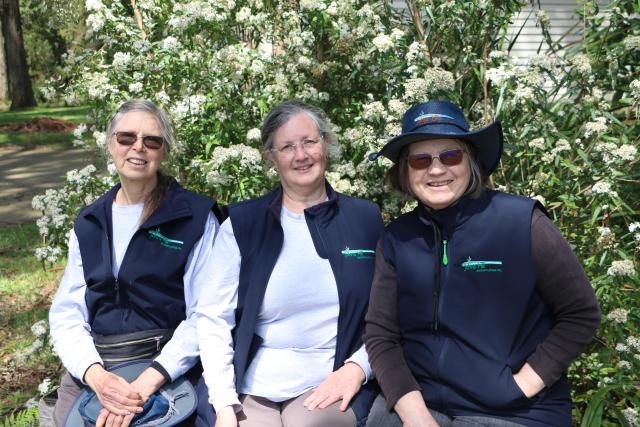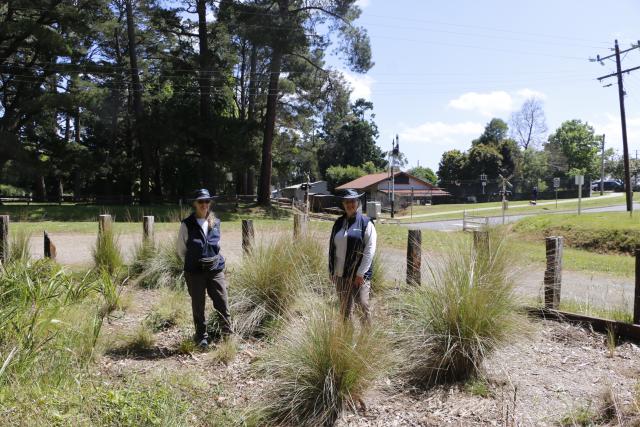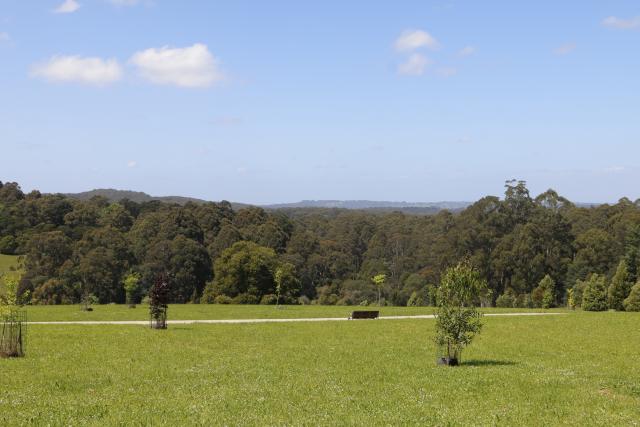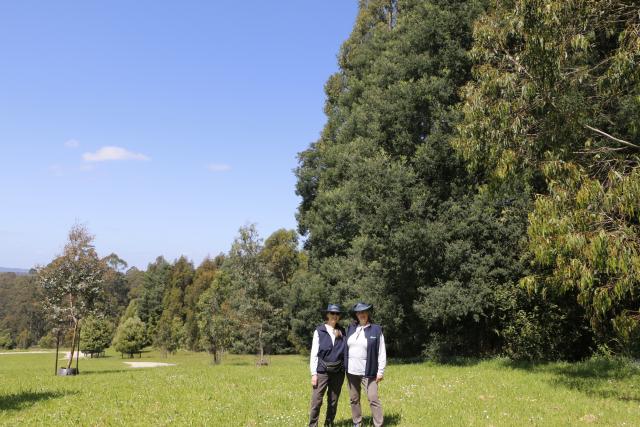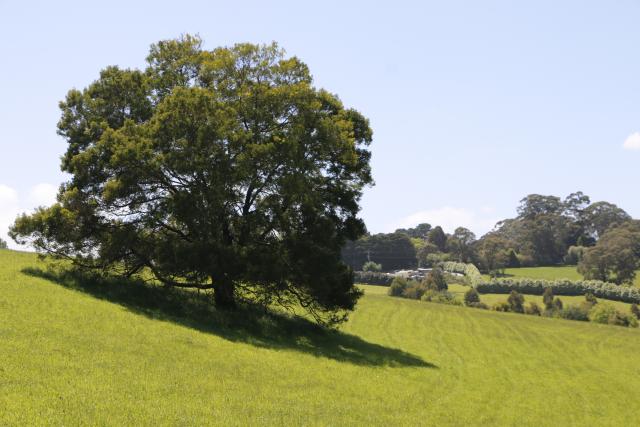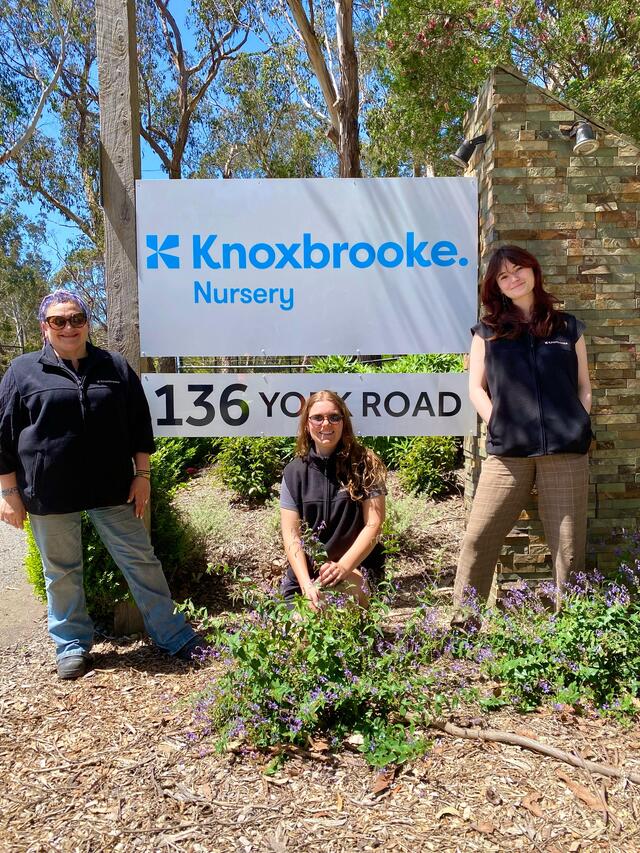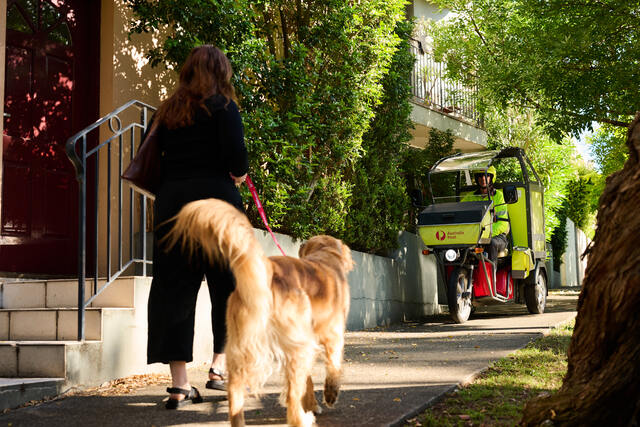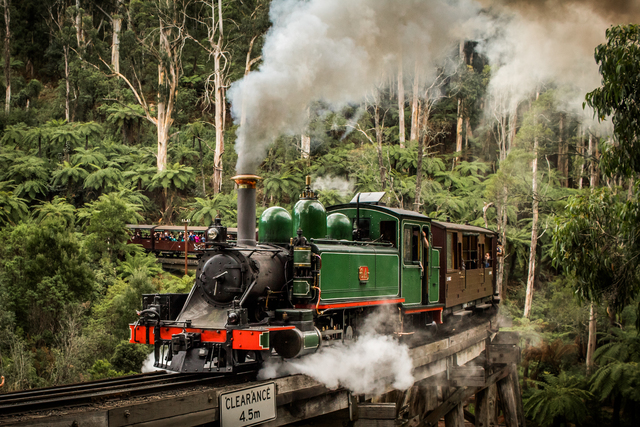PRECEDE: If you were to walk down to the bottom of the steep hill of Pepi’s Land in Emerald and take a moment to listen, the chirps and calls of birds seem to ring with more activity and excitement than most community parks. This was hardly the norm for what was once cleared land used for potato farming; those to thank for this change are the volunteers of Johns Hill Landcare. As Gazette journalist COREY EVERITT reports, now just past 20 years in work, the results of Johns Hill’s activity can be seen across the hills.
BREAK-OUT QUOTE: “We’ve got some amazing sights here, people would come from all over the world if they knew what we had here.”
Julie Thompson, Jenny Lyndon and Viki Withers all joined Johns Hill Landcare at different times, but were brought to it by similar reasons of wanting to dedicate their time to conserve the unique landscape and wildlife of the Dandenong Ranges.
For Julie, who joined at the very start of the group, the then Menzies Creek local wanted to become closer to the land around her.
“I lived in Menzies Creek and I had come from the inner city,” Julie said.
“For me, it was about knowing the place I lived and understanding the place.”
In 2006, Jenny would join for similar reasons as a former inner city resident.
“Mine was the same because I had moved out to Melbourne to retire her, it was my immediate post-retirement interest, so I wanted to volunteer with something,” Jenny said.
Viki would join later in 2018, after moving down from Canberra in retirement.
She wasn’t moving to unfamiliar territory, having grown up on a farm in South Gippsland, where the connection to the land remained strong.
“We were up in Canberra, we came down when our first grandchild arrived in 2018, it suited me fine because we are Victorians through and through,” Viki said.
The group they joined started in 2003 by a collection of locals from around the Dandenong Ranges.
Included in the founder members was Karen Alexander, a staunch environmentalist who has been a part of major organisations across the country including the famous campaign which stopped the Franklin River Dam, she is still president of Johns Hill today.
Also included in the founders was Jeff Latter, a renowned community leader who this year received the Stan Henwood Award for his work that just about has a hand in almost everything going in Emerald and surround.
“Jeff named it, I checked it the other day,” Jenny said.
Julie added cheekily: “Where is the apostrophe, when did we lose that? There is no apostrophe in the ‘Johns’, it’s bugged me, I just have to let it go.”
The group is named after John’s Hill Reserve Lookout in Kallista, but its scope is far beyond just this reserve.
Johns Hill’s original purpose was to connect the Dandenong Ranges National Park with the Bunyip State Park.
Instead of mere towns and roads connecting Kallista to Gembrook, the group tasked itself with forging stronger ways for nature to reconnect.
“It’s trying to create corridors for animals and plants to be able to traverse the landscape,” Julie said.
“The original idea was to try and create a natural corridor between the Dandenong Ranges National Park and Bunyip State Park.
“Now our direction is more probably Dandenong Ranges going up north to the Yarra Ranges National Park.”
Covering such a large area, the group was quick to jump into projects and get working with other Landcare groups.
“We just then all mesh in, we’ve got Monbulk Landcare up there, Macclesfield Landcare over there and we are sort of joined in the middle,” Jenny said.
Johns Hill has eight ongoing projects currently, from protecting the Helmeted Honeyeater at Butterfield Reserve in Emerald to restoring the Ridge Road walking track in Kallista.
Some of these projects began as far back 2004, possibly the only project you can get away with titling as ‘completed’ is the revegetation of Emerald Quarry, now known as Bob James Emerald Quarry Conservation Reserve.
Yet the group will still find themselves at the quarry to maintain what they achieved. As nature is living and breathing, it necessitates care.
“Most of our projects are current,” Jenny said.
Julie added: “You never let go of the sites because they could be either bulldozed or slashed, burnt by controlled or planned burns. You never go and say ‘that’s it we’ve finished it’; no, it’s the environment – it’s living and breathing.”
Whether they are new or old projects, each has a vital role in assisting the conservation of the hills, while they all fit within an interconnected goal to see the native flora and fauna prosper like it once did.
The most recent project taken up by Johns Hill is in conjunction with Puffing Billy and Cardinia Shire called the Puffing Billy Grass Garden.
The aim is to revegetate large sections of land along the famous track in Emerald. For years these zones have housed discarded materials and equipment not rusting and decaying.
“This was a rubbish pile,” Jenny said pointing to the area just between the Emerald Scout Hall and the Puffing Billy track where they recently completed the first section of revegetation.
They will continue down the line to clear and revegetate more of the land as the project continues.
This project is not only important in itself, but also to connect to a much older project at Pepi’s Land only a few paces from the rail track.
If you were at the northern top of the hill of Pepi’s Land and could take your eyes off its stunning view southward and look to its western edge, you would see a thick tree line stretching from the top right down to the bottom of the hill.
All those trees you see towering over you were planted by Johns Hill Landcare as far back as 2007. Formerly, that area was cleared, flat grassland.
Such work has provided a dense zone of native vegetation, as well as crucial corridors for wildlife to move and connect through the land.
The connection between projects can be expanded further, going north of Emerald to Butterfield Reserve.
Since 2016, Johns Hill has joined in the Beyond Yellingbo project to establish habitat for the endangered Helmeted Honeyeater which currently remains only in small numbers in Yellingbo.
Johns Hill has been working on Butterfield Reserve as a place for the honeyeater to expand.
Yet, this is one important step in a broader goal to see the honeyeater further south which all of their project in Emerald can assist.
“From a project point of view that’s why we have picked certain sites, we talk about going to Butterfield, but the overall aim is to reintroduce the Helmeted Honeyeaters all over,” Julie said.
“Potentially, in 50 years’ time, they could come down this corridor through Pepi’s Land.”
Jenny added: “And back to Western Port Bay where they originally were.”
Akin to the broad and interconnected efforts with the honeyeater is the Emerald Star Bush, an endangered plant which is found exclusively in Emerald and surrounds.
Johns Hill has had strong involvement with the plant’s conservation as one its prominent sites is the Emerald Quarry.
With their knowledge and expanse of the area, they are conducting a project to establish the plant in six new sites in the local area.
“Our strategic idea is to create pockets of reserves of Emerald Star Bush, so we have plantings in Avonsleigh Common, Belgrave-Gembrook Road, Emerald Quarry has a lot of star bush as well,” Julie explained.
“They’re endangered and endemic to this area, there are about 6000 plants in the whole world and they are just here.”
Success with this project could be critical to retaining a plant so unique to Emerald.
It’s conserving this uniqueness of the hills, something Julie, Jenny and Viki never take for granted, that continues to drive the volunteers of Johns Hill in its over 20 years on the land.
“If Puffing Billy went through a concrete jungle, would as many people get on it? They come to breathe the fresh air, dangle their legs, see the bush, the trees,” Julie said.
“We’ve got some amazing sights here; people would come from all over the world if they knew what we had here.
“Not only that we have the Emerald Star Bush is endangered, the Helmeted Honeyeater is endangered, the Lowland Leadbeater’s Possum is endangered, some of the burrowing crays, lots of plants.
Jenny added amphipods.
“Amphipods, Jen’s always on about amphipods,” Julie continued with a laugh.
If you wish to see the results of Johns Hill Landcare, the Gazette recommends a walk through Pepi’s Land.
You can see any other projects on their website at johnshill.org.au
To get involved, you can contact them by emailing info@johnshill.org.au

